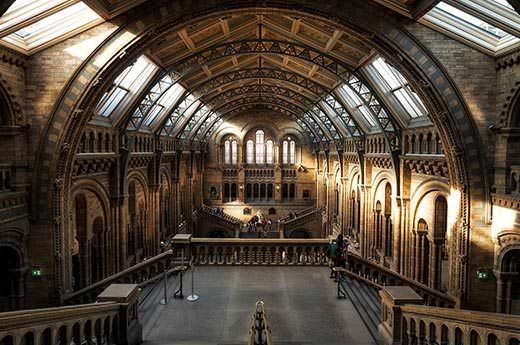Art history is the study of objects of art considered within their time period. Art historians analyze visual arts’ meaning (painting, sculpture, architecture) at the time they were created.
A definition of art history

Art history doesn’t consist in simply listing all the art movements and placing them on a timeline. It is the study of objects of art considered within their time period. Art historians analyze visual arts’ meaning (painting, sculpture, architecture) at the time they were created. Also, another of art history’s mission is to establishes authorial origins of artworks, i.e. discovering who created a particular artwork, when, when and for what reason.
Iconography is a major part of art history. It consists in analyzing the symbolism of works of arts. For instance, art historians identify the visual elements of a painting and interpret its meaning. Art historians are interested in what the works of art represented at the time they were created. It is a way to learn about the civilizations of the past.
Why is art history important?
"Why study art history when there are many other careers to pursue?" Well, if we consider the discipline differently from a career standpoint, we realize that it serves fundamental purposes.
Understanding cultures
Visual art recounts stories of our past, it gives an account of past events. Art history allows us to look back and understand how our civilization evolved over the centuries. It is a way to know ourselves better. Why do we have certain values? What shaped the way we think and our vision of the world?
Develop critical thinking
Studying art history is really not about memorizing dates, artists’ names, art movements, etc. Instead, it drives you to analyze paintings, photographs, sculptures, etc. To support your analysis, you must build rational and convincing arguments, hence developing your critical thinking.
Jobs in art history
What jobs can I get with a degree in art history? Is a question you are probably asking yourself. There are many career paths for art history majors. The more obvious one are college professors and museum curators. To practice certain art-related professions one must have a solid background in art history:
- Art administrator
- Exhibition organizer
- Antiques dealer
- Arts consultant
- Art gallery manager
- Journalist
- Art critic
- Archivist
Studying this discipline, during gap year program in art history abroad, for instance, allows you to develop the following professional skills:
- Visual awareness
- Critical thinking to build strong arguments
- Presenting ideas clearly and effectively
- Knowledge of other cultures’ values
- Developing an open mind
- Historical and cultural knowledge
- Writing skills
- Oral communication (oral presentation in public)
- Gathering and analyzing information
- Time management
- Research methods
Most of those skills are transferable and can be used outside the field of art. Critical thinking, time management and being to make a case for your ideas are essential in any mid-management to top management positions.


 Download application form
Download application form